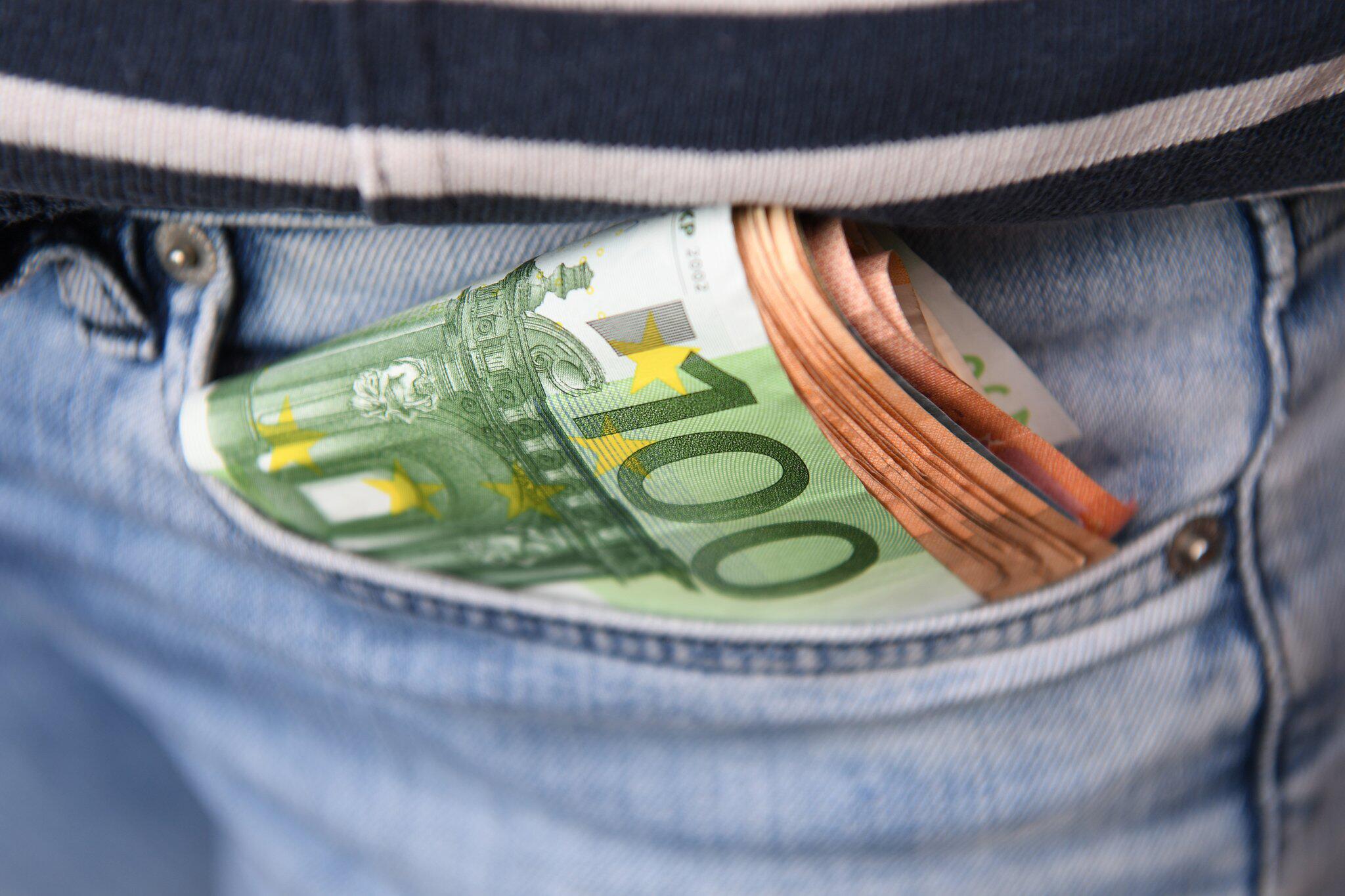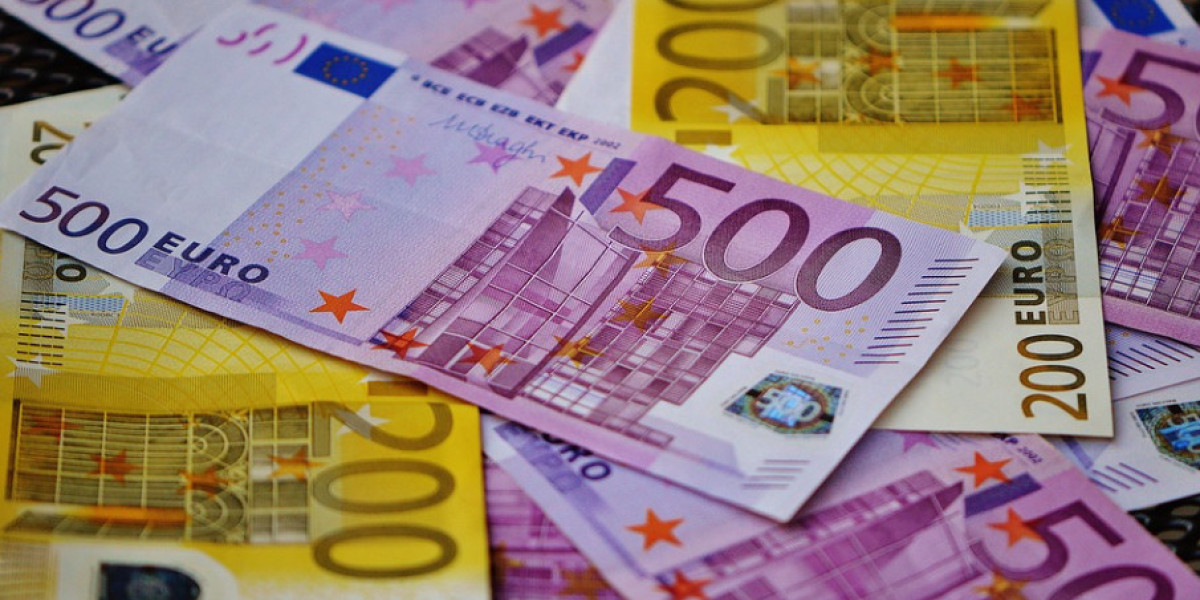In the world of finance and commerce, the integrity of currency is paramount. Counterfeit money, including fake euros, poses a significant threat to the economic stability of countries and the trust in financial systems. This article delves into the dangers of purchasing fake euros, the legal implications, and the broader impact on society. It also provides guidance on how to identify counterfeit currency and what to do if you encounter it.
The Dark Side of Counterfeit Currency
The allure of counterfeit currency can be tempting for those looking to make quick, illicit gains. However, the risks and consequences of buying fake euros far outweigh any potential short-term benefits. Counterfeiting is a serious crime that not only affects individuals but also undermines the economic fabric of society.
The Legal Consequences
- Criminal Charges: Buying, selling, or using counterfeit euros is illegal and can result in severe criminal charges. Offenders can face fines, imprisonment, or both, depending on the jurisdiction and the severity of the offense.
- Civil Penalties: In addition to criminal charges, individuals who engage in counterfeiting can face civil penalties, including lawsuits from victims or financial institutions.
- Reputation Damage: Engaging in illegal activities can damage one's reputation, making it difficult to secure employment or maintain social and professional relationships.
The Economic Impact
- Inflation: Counterfeit currency can lead to inflation by increasing the money supply without a corresponding increase in economic output. This can erode the value of genuine currency and lead to higher prices for goods and services.
- Loss of Trust: When counterfeit currency circulates, it erodes trust in the financial system. People may become hesitant to accept cash, which can disrupt economic transactions and slow down commerce.
- Financial Instability: The presence of counterfeit currency can destabilize financial markets and institutions, leading to economic downturns and financial crises.
How to Identify Fake Euros
Identifying counterfeit euros is crucial for protecting oneself and the broader economy. Here are some key features to look for:
- Watermark: Genuine euros have a watermark that is visible when held up to the light. The watermark should match the main image on the note and should have a distinct, three-dimensional appearance.
- Security Thread: A security thread runs through the middle of genuine euro notes. When held up to the light, the thread should be visible and Falschgeld Kaufen Online should have the euro symbol and the denomination printed on it.
- Microprint: Genuine euro notes have microprint that is too small to be replicated by most counterfeiters. The microprint should be clear and legible when viewed under a magnifying glass.
- Tactile Mark: The tactile mark, a series of raised dots, is present on the front of genuine euro notes. This feature helps visually impaired individuals identify the denomination.
- Color-Shifting Ink: The color-shifting ink on the large value notes (€50, €100, €200, and €500) changes color when tilted. This feature is difficult to replicate and is a strong indicator of authenticity.
- Ultraviolet Light: Under ultraviolet light, genuine euro notes display specific patterns and colors that are not present on counterfeit notes.
What to Do if You Suspect Counterfeit Euros
If you suspect that you have received counterfeit euros, it is important to act responsibly:
- Do Not Pass It On: Do not attempt to spend or pass on the counterfeit note. This can lead to legal consequences and further the circulation of fake currency.
- Report It: Contact your local law enforcement or financial institution immediately. They can provide guidance on how to handle the situation and may need to seize the note for investigation.
- Document the Incident: Keep a record of where and when you received the counterfeit note, as well as any details about the person who gave it to you. This information can be valuable for the authorities.
FAQs
Q: What are the penalties for using counterfeit euros?
A: The penalties for using counterfeit euros can vary depending on the jurisdiction, but they typically include fines, imprisonment, or both. In some cases, individuals may also face civil penalties and damage to their reputation.
Q: How can I protect myself from receiving counterfeit euros?
A: To protect yourself, always inspect currency carefully, especially large denominations. Look for the watermark, security thread, microprint, and other security features. If you have any doubts, do not accept the note and contact the appropriate authorities.
Q: Can I get a refund if I receive a counterfeit euro?
A: If you receive a counterfeit euro, you are unlikely to receive a refund. Financial institutions and businesses are not obligated to reimburse you for counterfeit currency. It is important to be vigilant and report any suspected counterfeit notes immediately.
Q: What should I do if I accidentally receive a counterfeit euro?

A: If you accidentally receive a counterfeit euro, do not pass it on. Contact your local law enforcement or financial institution immediately. They can provide guidance on how to handle the situation and may need to seize the note for investigation.
The temptation to engage in illegal activities like buying fake euros can be strong, but the risks and consequences are severe. Counterfeiting not only carries significant legal penalties but also has far-reaching economic and social impacts. By understanding the dangers of counterfeit currency and knowing how to identify and report it, individuals can play a crucial role in maintaining the integrity of the financial system and protecting themselves and their communities.







